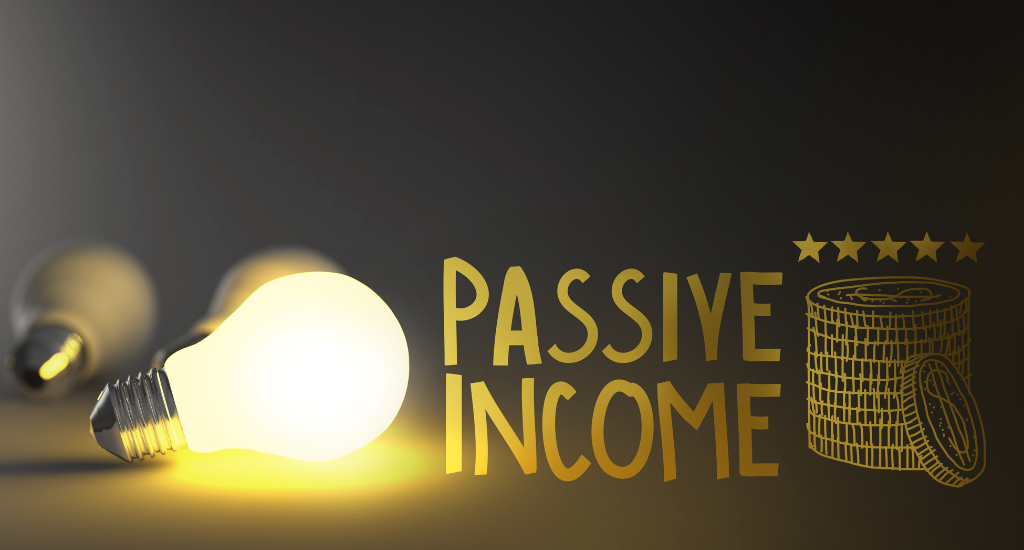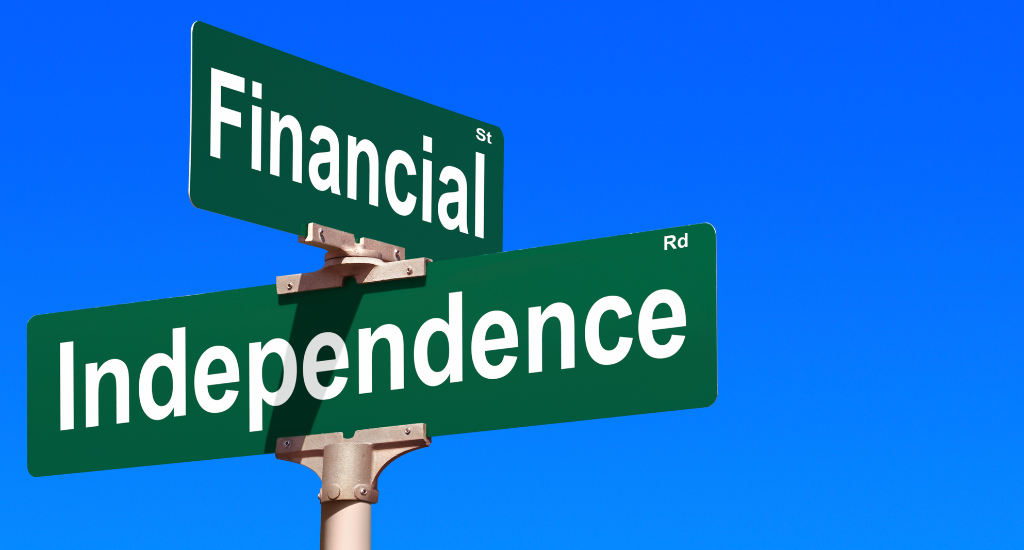Achieving financial independence is a dream that many of us aspire to, and for good reason. It allows you to live life on your own terms, without having to worry about the constraints of a 9-5 job or relying on a single source of income. One of the best ways to attain financial independence is through passive income, which is money earned with little to no effort on your part.
There are many ways to generate passive income, but not all are created equal. To help you navigate the world of passive income, we’ve compiled a list of the 10 best ways to generate it. From investing in dividend stocks and real estate to creating digital products and building an online business, this article will provide you with a comprehensive guide on how to generate passive income streams.
By implementing some of these strategies, you can start building a strong financial foundation that will lead you on the road to financial independence.
What is Passive Income?
Passive income refers to any income that is earned with little to no effort on your part. Unlike traditional forms of income, where you have to actively work to earn money, passive income is generated through investments or business ventures that require minimal ongoing work.
Examples of passive income streams include rental income from properties, dividends earned from stocks, royalties earned from intellectual property, and income earned from online businesses. These income streams allow you to earn money without having to trade your time for money, giving you the freedom to pursue other interests or generate additional income streams.
In his book “Rich Dad Poor Dad,” Robert Kiyosaki emphasizes the importance of generating passive income streams as a key component of achieving financial freedom. He explains how relying solely on a traditional job and paycheck can be limiting and risky, and how creating multiple streams of passive income can provide financial security and independence.

10 Best Ways to Generate Passive Income
Here are the 10 best ways to generate passive income, along with a brief explanation of each method:
| Passive Income Method | Description |
| Investing in Cryptocurrency | Cryptocurrencies like Bitcoin and Ethereum have the potential to generate significant passive income through their volatile nature. You can invest in them for the long term or trade them frequently to earn profits. However, cryptocurrency investments are risky and require careful consideration before investing. |
| Rental Properties | Owning rental properties is a popular way to earn passive income. You can earn monthly rent from your tenants, and the property may also appreciate in value over time. However, you must consider the expenses associated with owning rental properties, such as maintenance, repairs, and taxes. |
| Real Estate Crowdfunding | Real estate crowdfunding platforms allow investors to pool their money and invest in various real estate projects. Investors earn passive income through rental income or profits from the sale of the property. However, real estate crowdfunding also has its risks, such as the possibility of the project failing or not delivering the expected returns. |
| Peer-to-Peer Lending | Peer-to-peer lending platforms allow investors to lend money to borrowers and earn interest on their investment. The platform acts as a mediator and handles the loan repayment process. However, peer-to-peer lending also has its risks, such as default by the borrower. |
| Creating and Selling Digital Products | Creating and selling digital products, such as e-books, courses, or software, is a lucrative way to earn passive income. Once you create the product, you can sell it multiple times without any further effort. |
| Affiliate Marketing | Affiliate marketing involves promoting someone else’s product and earning a commission for each sale made through your referral link. This method requires some effort to set up, but once you establish a strong audience, you can earn significant passive income. |
| Creating and Selling Online Courses | Creating and selling online courses is a profitable way to earn passive income if you have expertise in a specific area. You can create the course once and sell it to multiple students without any further effort. |
| Investing in Index Funds | Index funds are low-cost investment vehicles that track a specific index, such as the S&P 500. Investing in index funds is a passive way to earn income through capital appreciation and dividends. However, it requires a long-term investment strategy. |
| High Yield Savings Accounts | High yield savings accounts offer higher interest rates than traditional savings accounts, making them a good option for earning passive income. However, the interest rates are subject to change, and you may need to maintain a minimum balance to avoid fees. |
| Renting Out Your Vehicle | You can rent out your vehicle on platforms like Turo or Getaround and earn passive income from the rental fees. However, you must consider the cost of insurance and potential wear and tear on your vehicle. |
Overall, these are some of the best ways to generate passive income. However, it’s important to carefully consider the risks and benefits of each method before investing your time and money.
Tips for Achieving Financial Independence

Financial independence is a goal that many people strive for. It means having enough wealth and income to support your desired lifestyle without having to work for someone else. Achieving financial independence requires discipline, planning, and perseverance. In this section, we will explore some tips for achieving financial independence. So, let dive in.
Tracking Your Spending
The first step towards achieving financial independence is to track your spending. This means keeping a record of every penny you spend. By doing this, you can identify areas where you can cut back on expenses and redirect those funds towards your financial goals. There are many apps and tools available to help you track your spending, such as Mint, Personal Capital, and YNAB.
Creating a Budget
Once you have a clear understanding of your spending habits, the next step is to create a budget. A budget is a plan for how you will allocate your income towards your expenses and savings goals. Your budget should be realistic and take into account your monthly bills, debt payments, and savings targets. By sticking to a budget, you can ensure that you are living within your means and making progress towards your financial goals.
Paying Off High-Interest Debt
High-interest debt, such as credit card debt, can be a major obstacle to achieving financial independence. Interest payments can eat away at your income and prevent you from saving and investing for the future. That’s why it’s important to prioritize paying off high-interest debt as quickly as possible. By doing so, you can free up cash flow and redirect those funds towards your savings and investment goals.
Building an Emergency Fund
An emergency fund is a savings account that is specifically designated for unexpected expenses, such as medical bills, car repairs, or job loss. Building an emergency fund is a critical step towards achieving financial independence because it can help you avoid going into debt or having to tap into your investments during a financial crisis. Experts recommend having at least three to six months’ worth of living expenses saved in your emergency fund.
Maximizing Your Retirement Savings
Saving for retirement is another key component of achieving financial independence. By maximizing your retirement savings, you can take advantage of compound interest and grow your wealth over time. One of the best ways to save for retirement is through a tax-advantaged retirement account, such as a 401(k) or IRA. These accounts allow you to invest pre-tax dollars, which can reduce your taxable income and help you save more for retirement.
Diversifying Your Investments
Finally, diversifying your investments is a crucial step towards achieving financial independence. This means spreading your money across different asset classes, such as stocks, bonds, and real estate, to reduce your risk and maximize your returns. Additionally, it’s important to focus on generating passive income, such as rental income or dividend payments, which can provide a steady stream of income without requiring active involvement.
Final Thoughts – Passive Income as a Road to Financial Independence

In conclusion, achieving financial independence is not an easy feat, but with the right strategies, it is possible to attain. Building a portfolio of passive income streams is one of the most effective ways to achieve financial independence. By investing in income-generating assets like rental properties, dividend-paying stocks, and other investments, you can create a steady stream of income that will help you achieve your financial goals.
Additionally, creating and monetizing content online, creating digital products, and leveraging the power of affiliate marketing are all viable passive income streams that can help you achieve financial independence. The key is to start small, be consistent, and have patience. By implementing these passive income strategies, you can be on your way to financial independence and living the life of your dreams.

